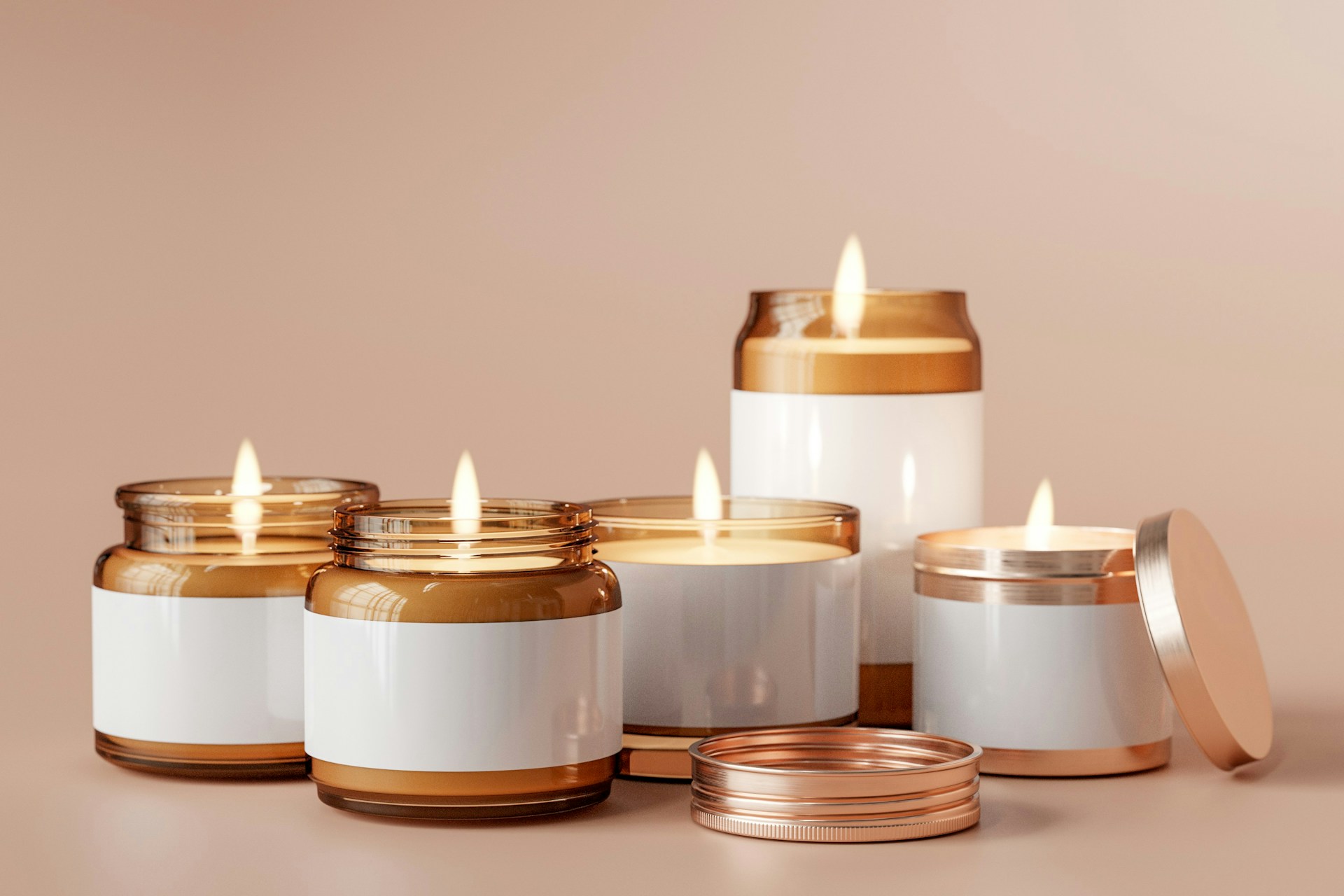U.S. News
17 Products Americans Are Skipping Because They’ve Gotten Too Expensive
By Jake Beardslee · August 9, 2025
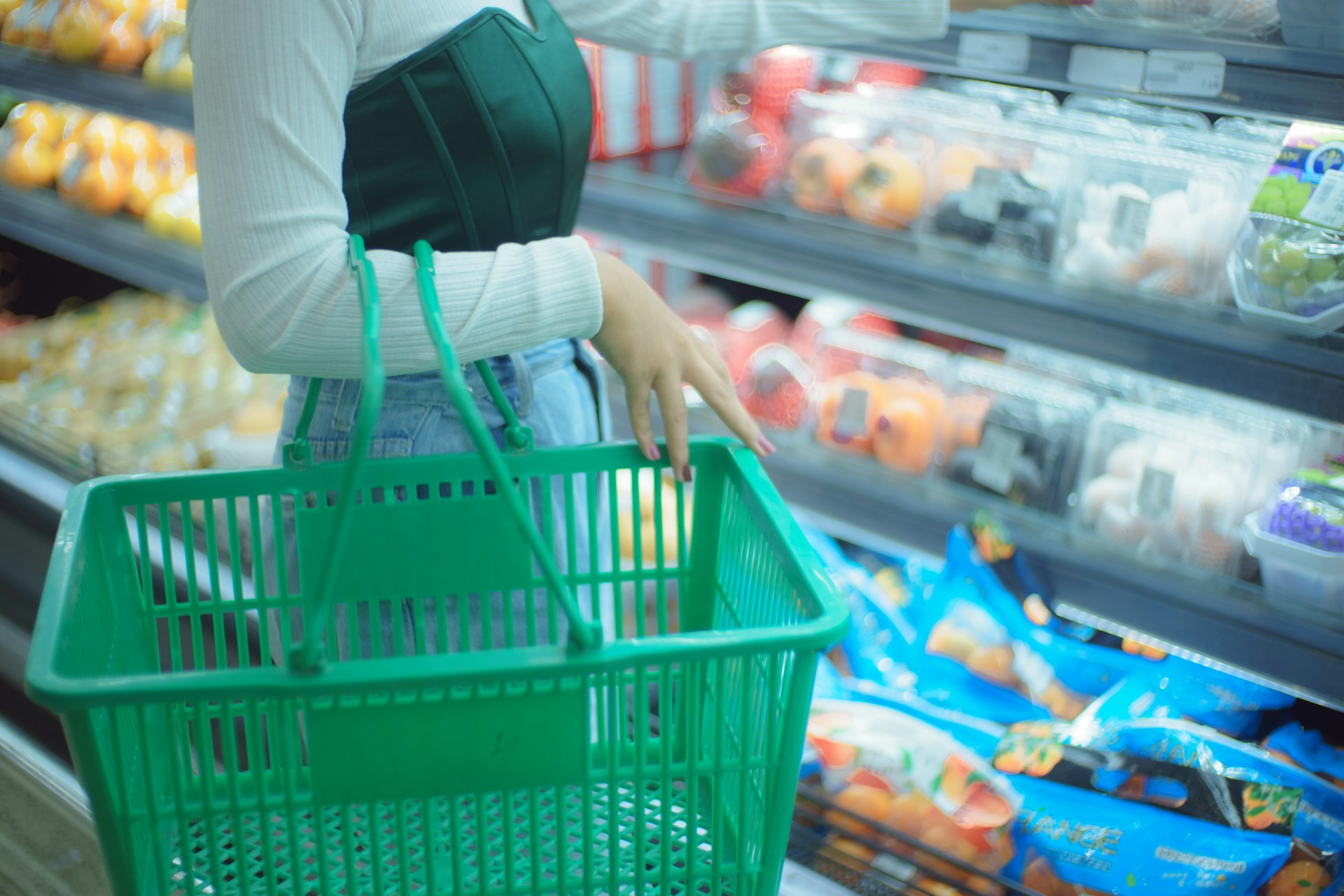
17 Products Americans Are Skipping Because They’ve Gotten Too Expensive
With prices climbing across nearly every category, many Americans are cutting back on purchases they once considered everyday essentials. From grocery staples to household items, the rising cost of living is forcing people to reconsider what’s truly worth the expense. These aren’t luxury splurges; they’re products that, until recently, were part of daily life.Here’s a look at the items people are leaving behind as budgets tighten. Jeremiah Lazo / Unsplash

1. Bottled Water
Buying a case here and there might not seem like much, but for households purchasing bottled water weekly, the expense adds up fast. Many are switching to reusable bottles paired with home filtration systems, eliminating both the recurring cost and the environmental waste of single-use plastics. It’s a shift that’s saving money while also reducing reliance on disposable packaging. Jonathan Chng / Unsplash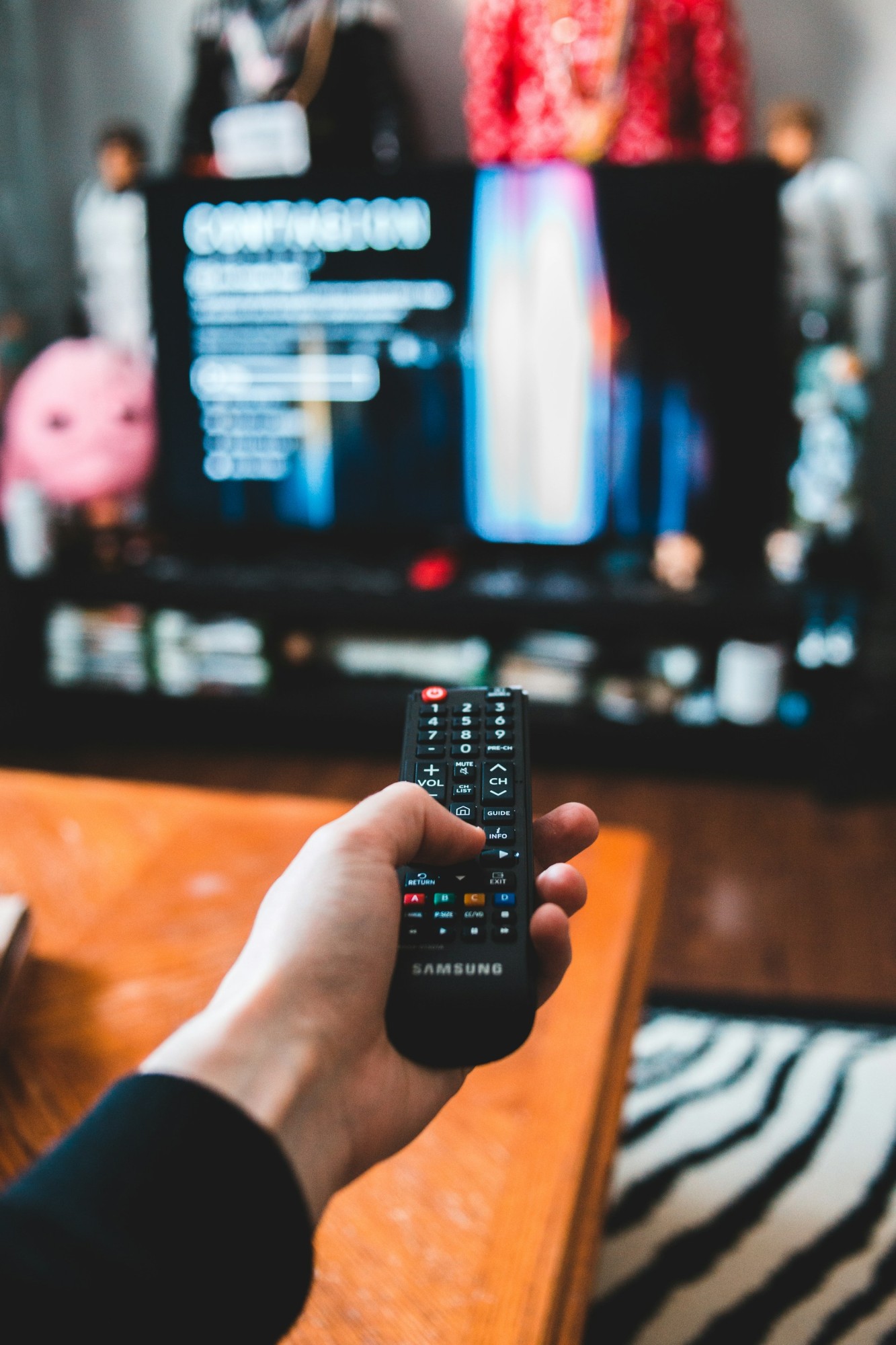
2. Cable TV Packages
Once a staple in most living rooms, cable TV subscriptions have become a major budget drain, with monthly bills often topping $100–$200 after fees and add-ons. Consumers are increasingly opting for streaming services that cost a fraction of that amount. The change reflects both financial prudence and the broader trend toward on-demand viewing. Erik Mclean / Unsplash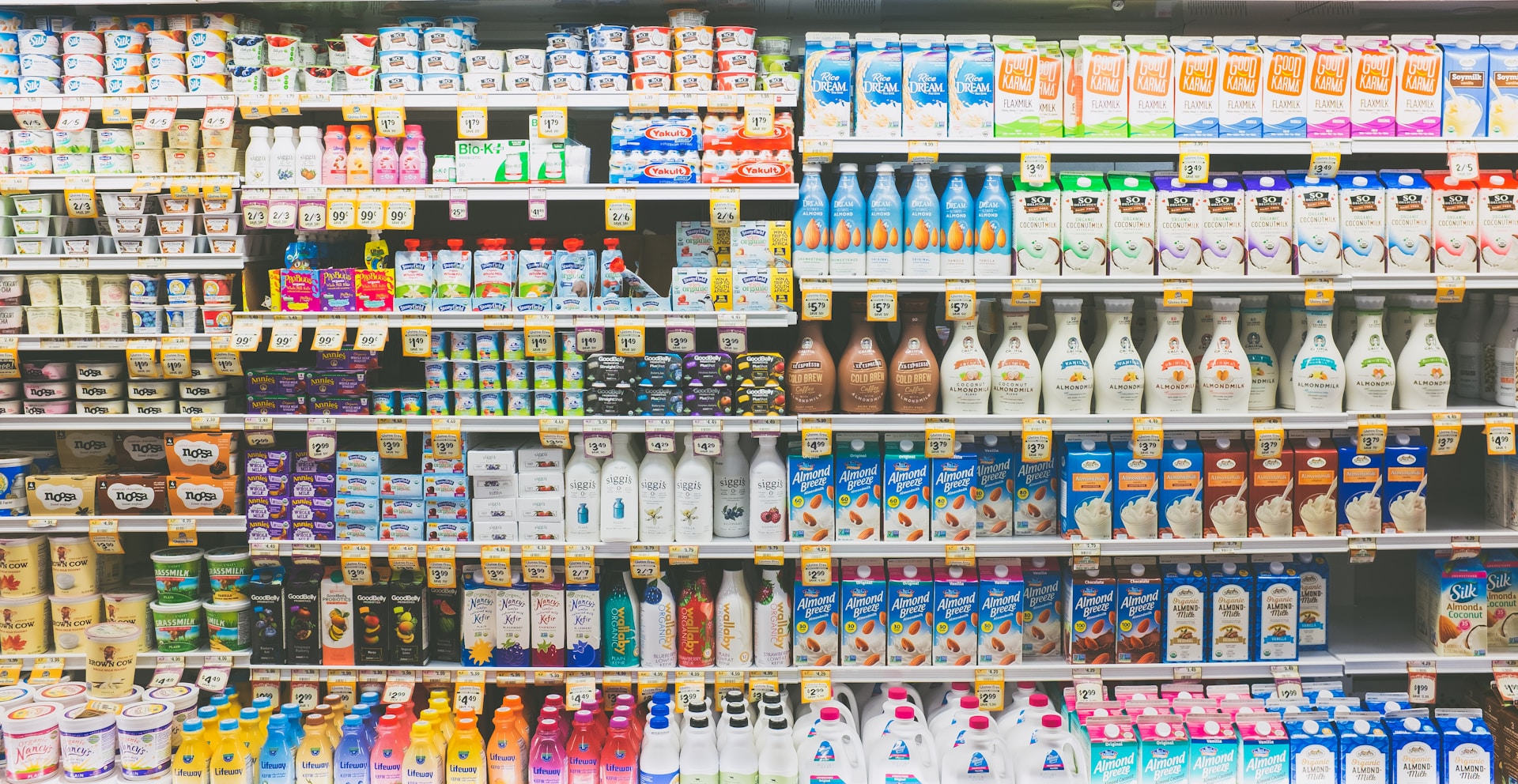
3. Name-Brand Groceries
From cereals to condiments, many brand-name grocery items have seen steep price hikes over the last few years. Shoppers are realizing that generic or store-brand versions often have the same ingredients — and taste nearly identical — at a much lower cost. As a result, the loyalty once commanded by big-name brands is fading. Kenny Eliason / Unsplash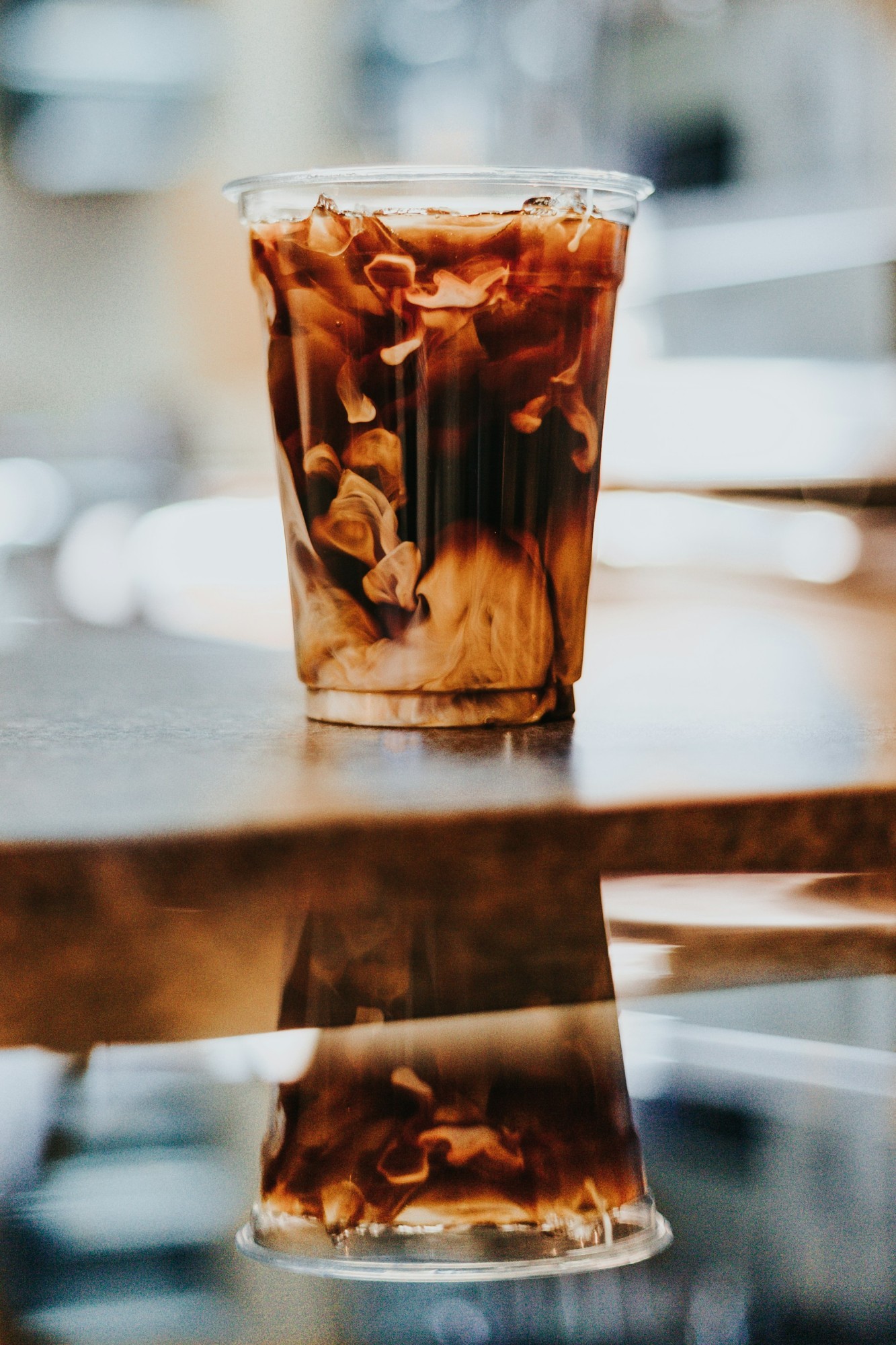
4. Daily Coffee Runs
Paying $5–$7 for a latte might feel like a harmless indulgence, but for regular coffee drinkers, the monthly total can easily reach $100 or more. Many are investing in quality coffee makers or French presses to replicate café-level drinks at home. The result is a far smaller dent in the budget without sacrificing the daily caffeine fix. Andrew Valdivia / Unsplash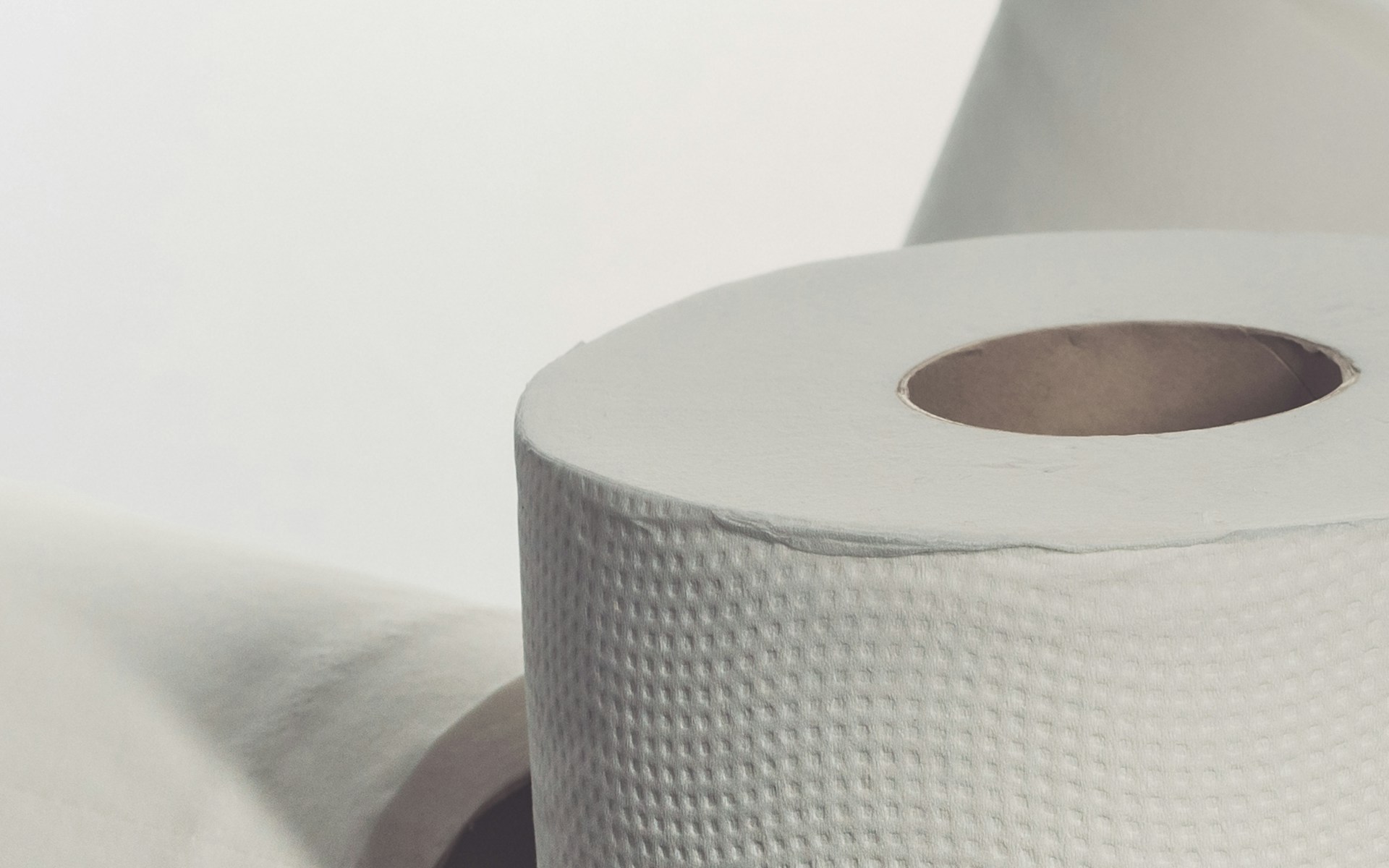
5. Paper Towels
With single rolls now over $2 and bulk packs approaching $20, paper towels are no longer the inexpensive kitchen standby they once were. More households are returning to reusable cloths, rags, and sponges for everyday cleaning. The switch saves money and reduces household waste. Kier in Sight Archives / Unsplash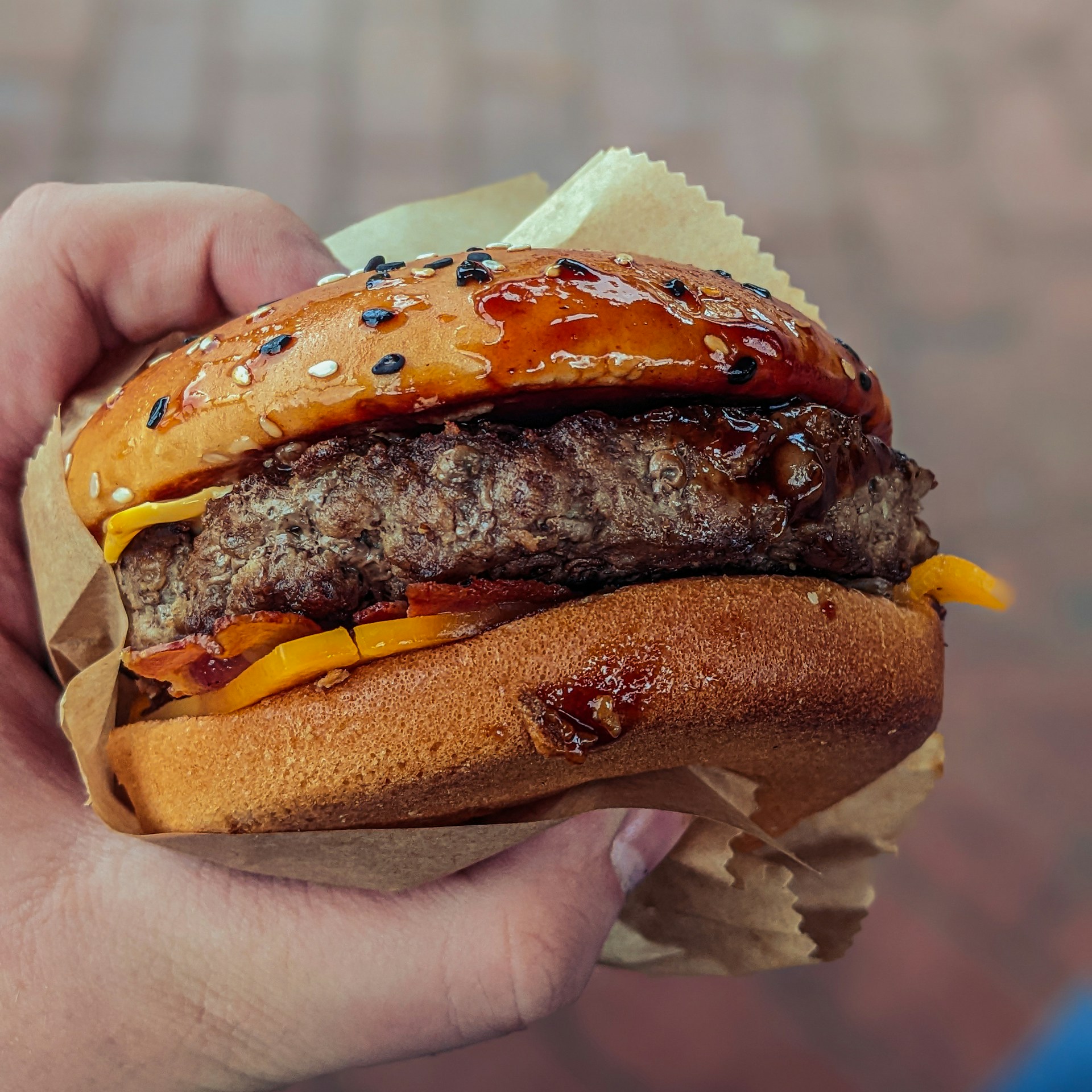
6. Fast Food Meals
Fast food’s reputation as a cheap, convenient option has been eroded by price increases. A basic burger combo can now run close to $10, and a family meal easily tops $40. Cooking at home or meal-prepping in bulk is becoming the more economical choice for many. Hexandcube / Unsplash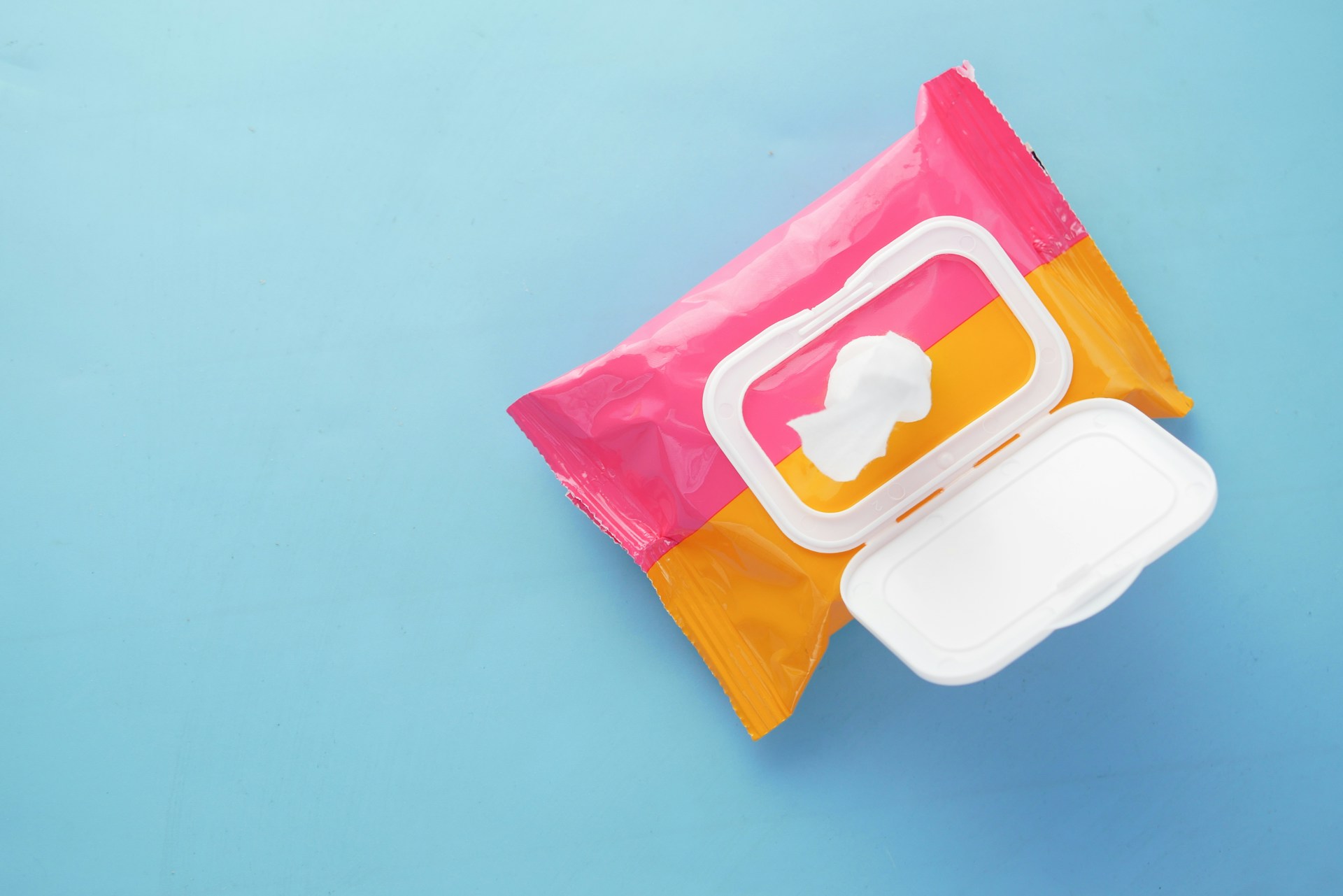
7. Cleaning Wipes
Once a high-demand item during the pandemic, cleaning wipes have maintained their inflated prices despite improved supply. Many shoppers are turning back to spray cleaners and washable cloths as a cost-saving alternative. While convenient, the single-use nature of wipes makes them an easy expense to cut. Towfiqu barbhuiya / Unsplash
8. Gym Memberships
Gym memberships, often priced between $30 and $100 a month, are being dropped from many household budgets. Free online workouts and inexpensive home equipment make it possible to stay active without the recurring cost. The convenience of exercising at home is an added bonus. Calugar Ana Maria / Unsplash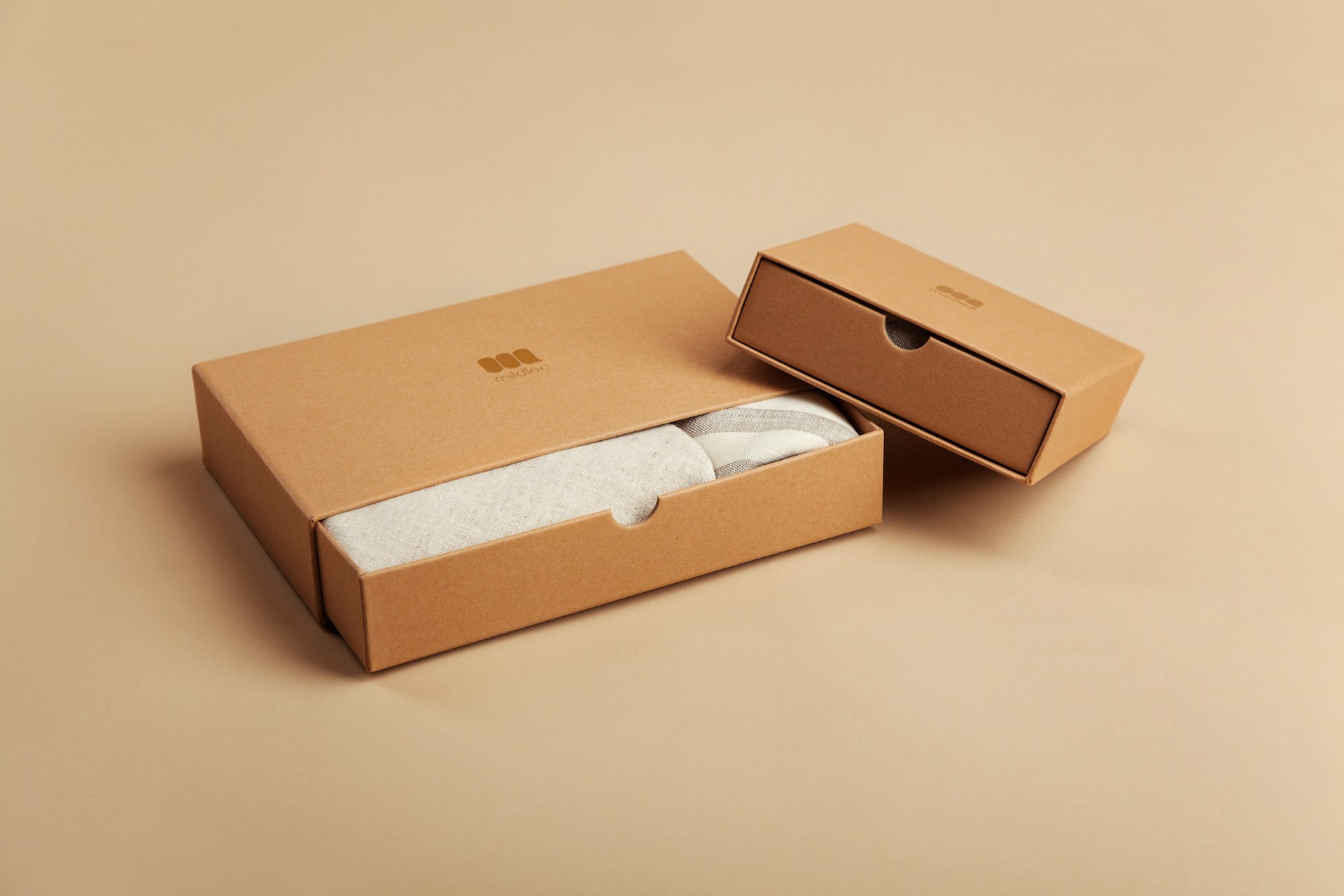
9. Subscription Boxes
These monthly deliveries — from meal kits to beauty products — once felt like a fun treat, but the novelty has worn thin for many. At $20–$30 or more per month, the cost is harder to justify, especially if subscribers aren’t using everything they receive. Budget-conscious consumers are opting out in favor of selective, one-time purchases. Mildlee / Unsplash
10. Pet Treats and Extras
Pet owners are prioritizing essentials like food and medical care while trimming spending on gourmet treats and specialty toys. Homemade pet snacks and bulk toy purchases are replacing pricier options. This shift reflects both financial practicality and a focus on needs over wants. Sandy Millar / Unsplash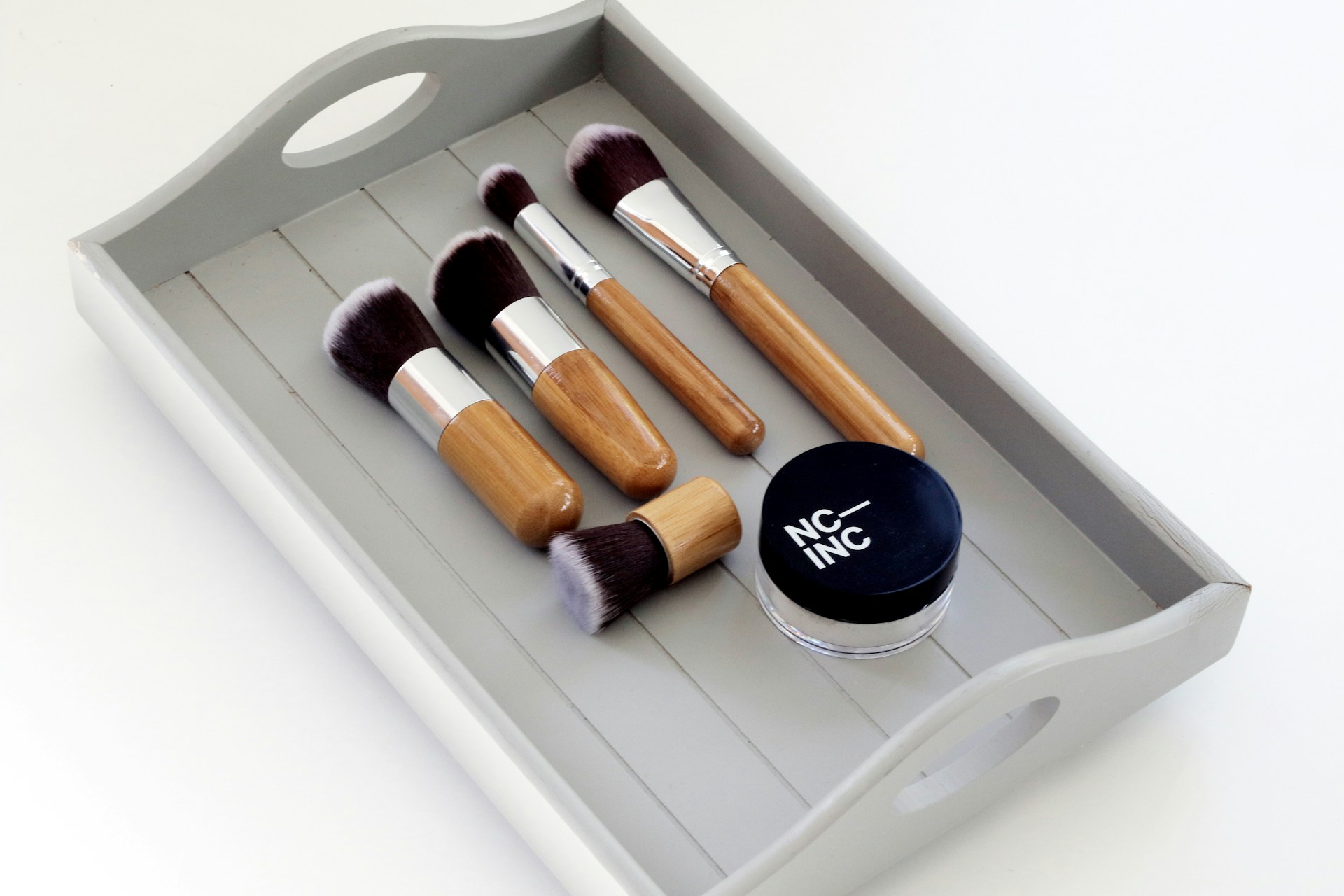
11. Makeup and Beauty Products
High-end cosmetics and skincare are losing ground to budget-friendly drugstore brands that deliver comparable results. Many people are also embracing DIY skincare, creating masks and treatments from pantry staples. It’s a way to maintain beauty routines without overspending. Oli Dale / Unsplash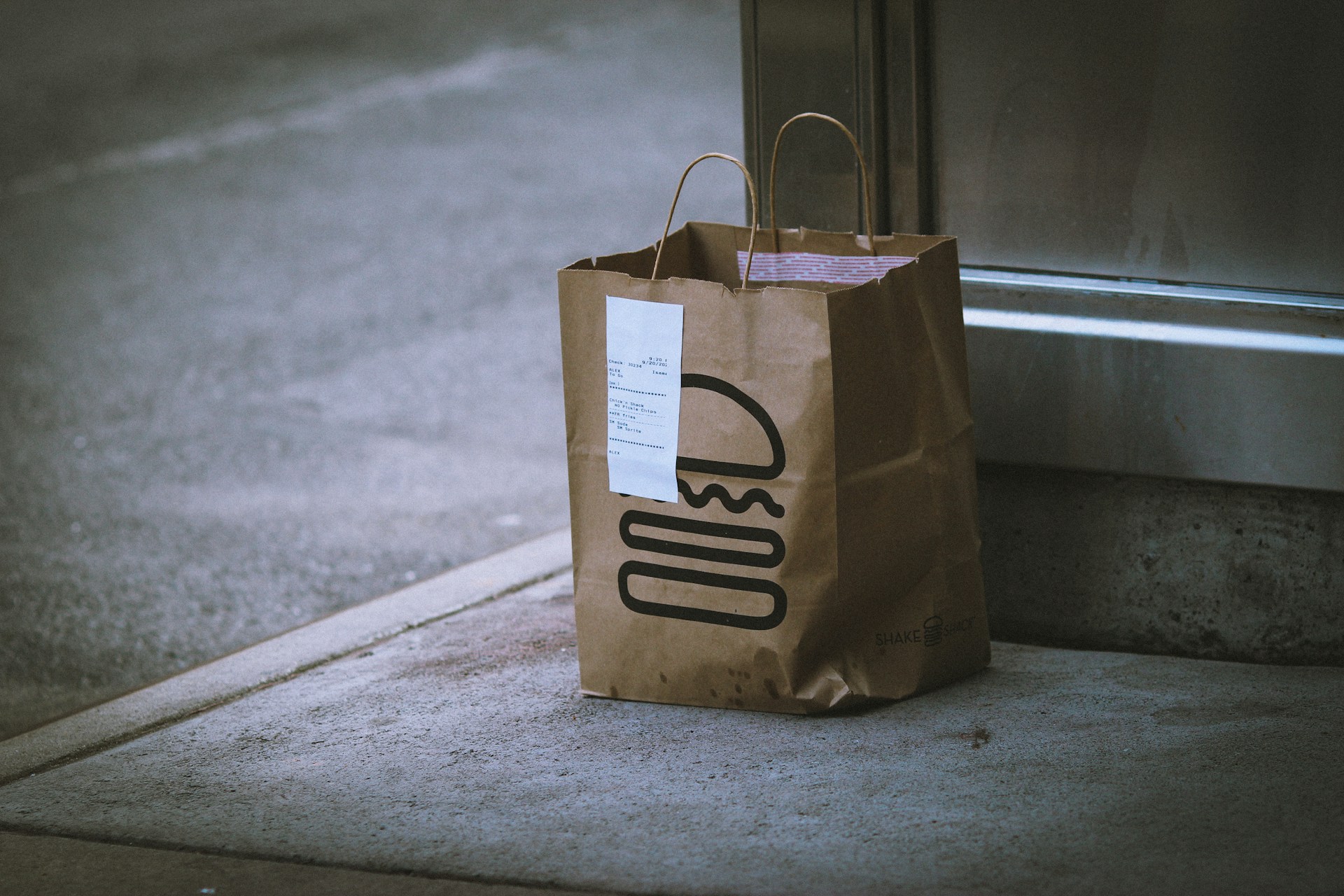
12. Delivery Services
Between service fees, tips, and inflated menu prices, delivery can double the cost of a meal. More people are opting to pick up takeout themselves or cook at home. Grocery delivery, once a pandemic-era necessity, is also being cut from many budgets.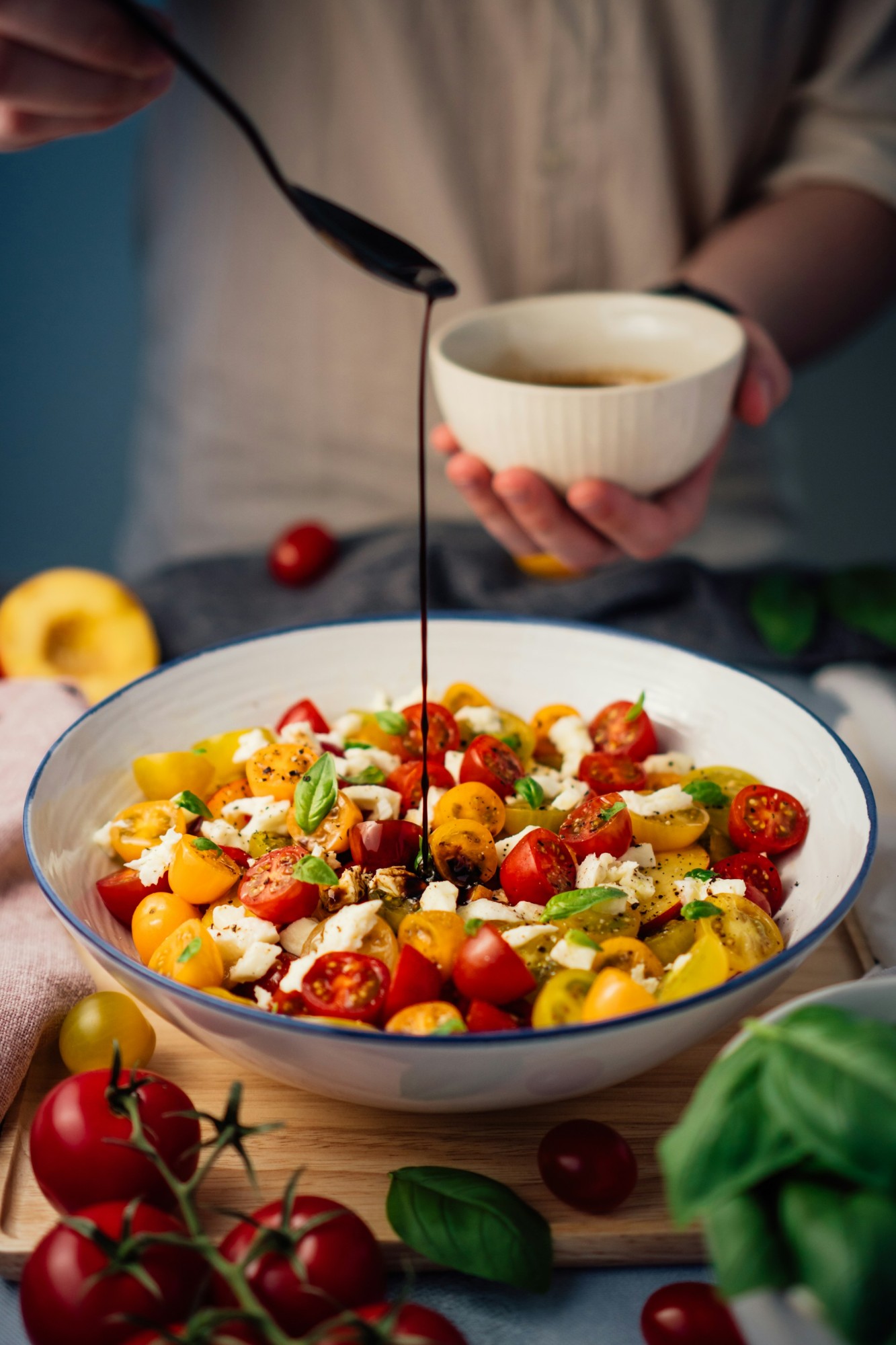
13. Bottled Salad Dressings
Pre-made dressings are being replaced by simple homemade versions made with oil, vinegar, and herbs. Not only is this more affordable, but it also gives people more control over ingredients and nutrition. The DIY route has the added bonus of reducing preservatives and added sugars. Adam Bartoszewicz / Unsplash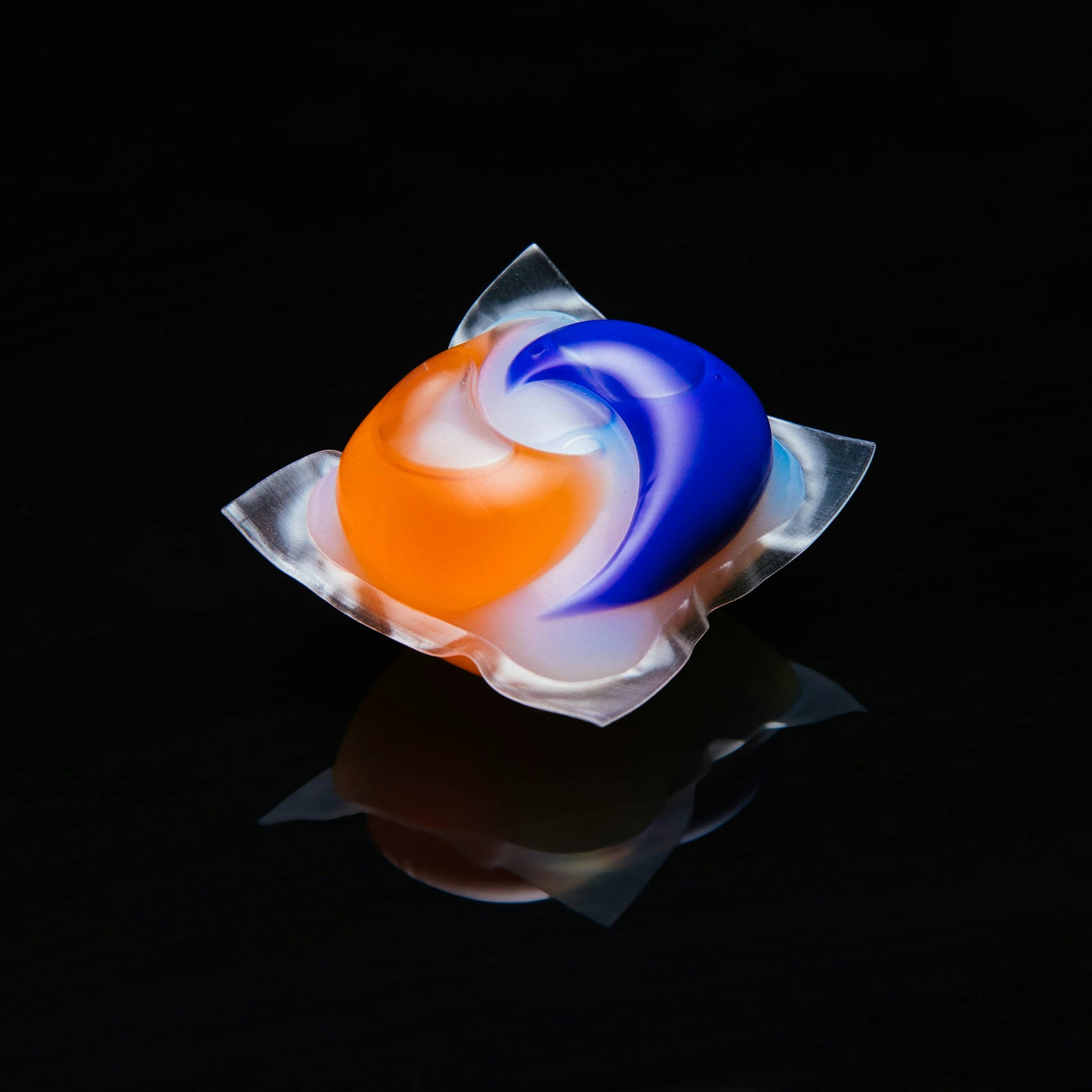
14. Laundry Pods
These convenient, pre-measured detergents are often significantly more expensive per load than liquid or powder alternatives. Shoppers are switching back to traditional detergent formats to stretch their budgets further. It’s a small change that adds up over time. Erik Binggeser / Unsplash
15. Shaving Cartridges
Razor blade cartridges can cost $20–$30 for just a few replacements, making them a surprisingly large recurring expense. Many are turning to safety razors or more affordable subscription services. Extending the life of each blade by shaving less frequently is also becoming common. Supply / Unsplash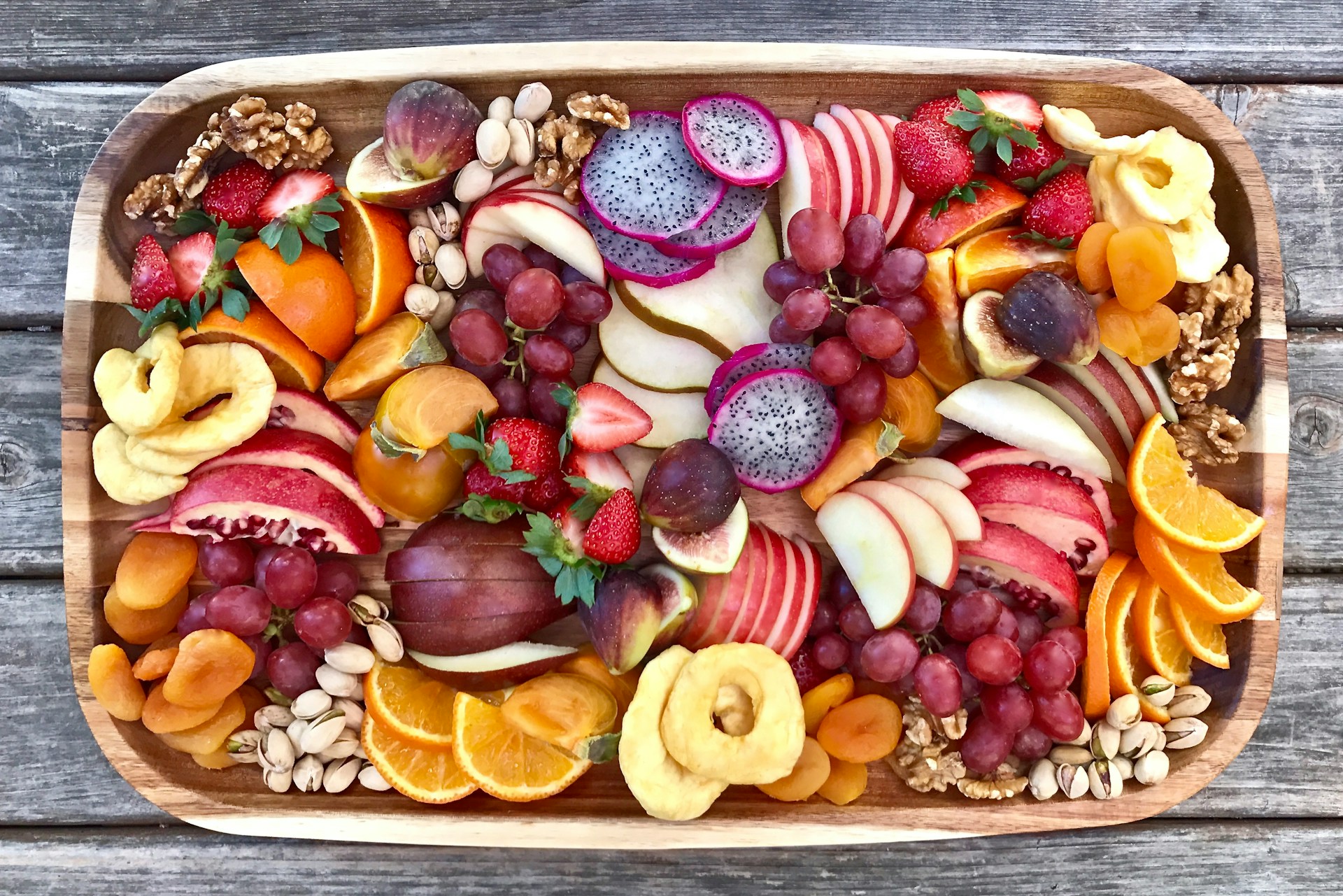
16. Pre-Cut Fruits and Vegetables
Convenience has a price, and for pre-cut produce, it’s a steep one. A container of sliced melon or diced onions can cost two to three times more than buying the whole item. Many shoppers are going back to buying fresh, whole produce and doing the chopping themselves to save money. Naveed Pervaiz / Unsplash